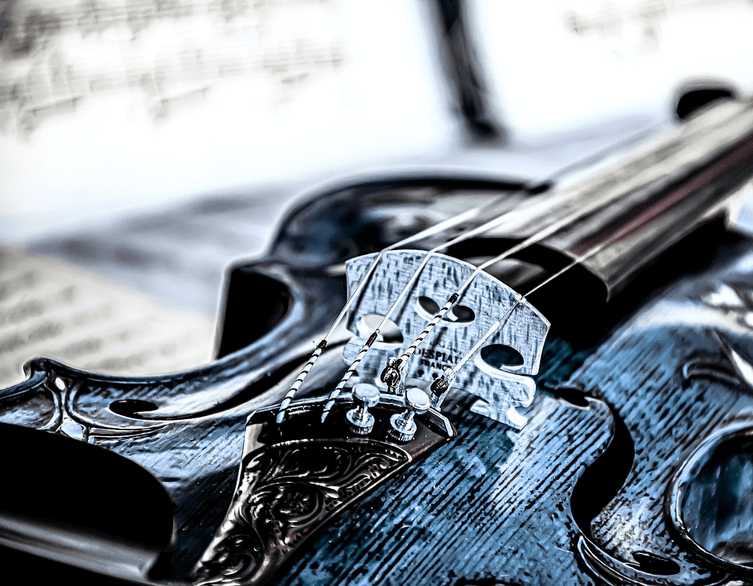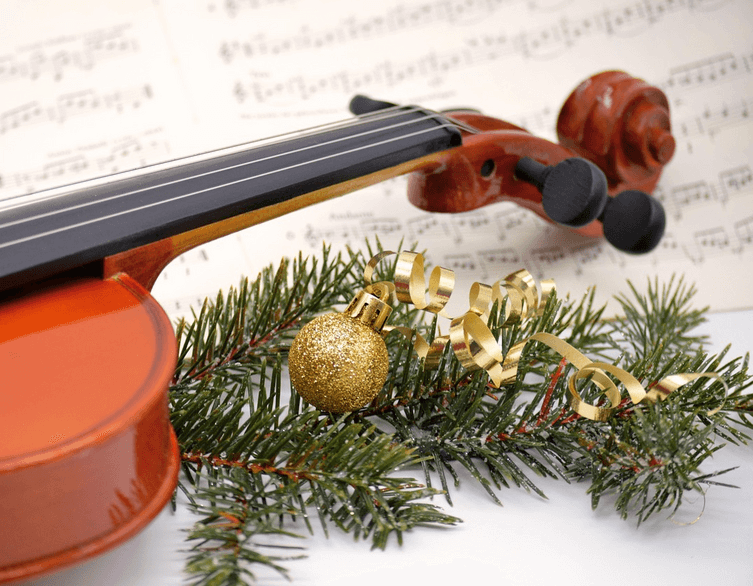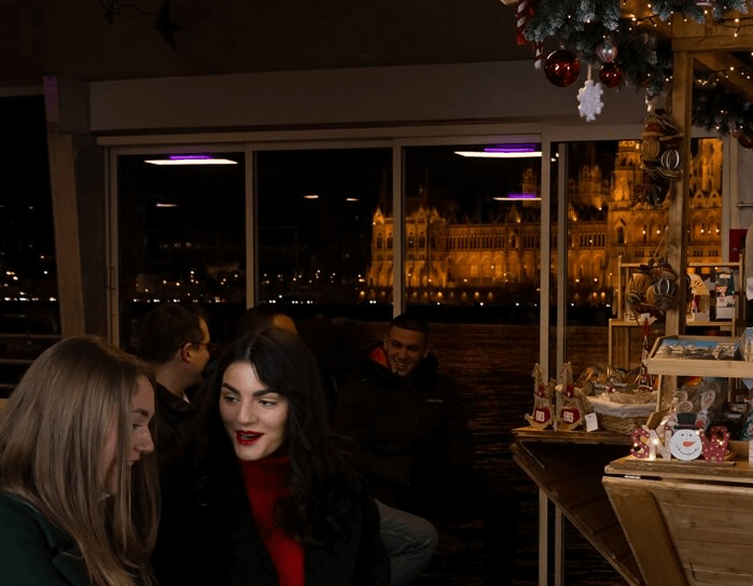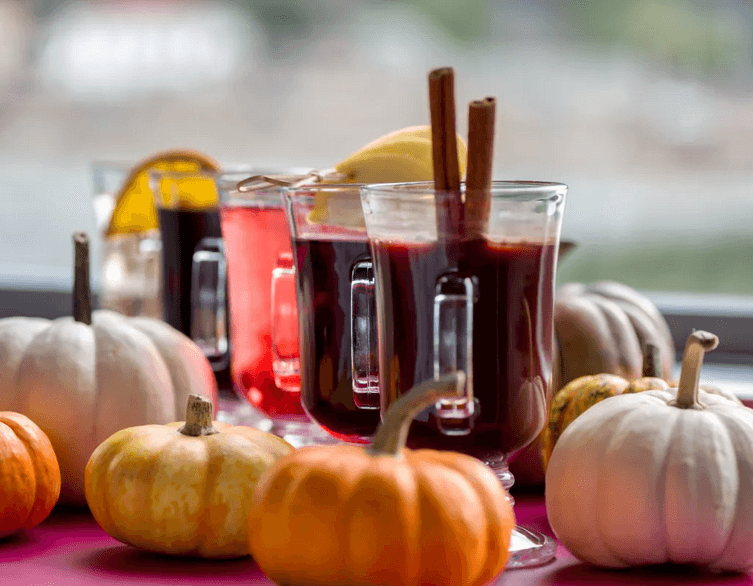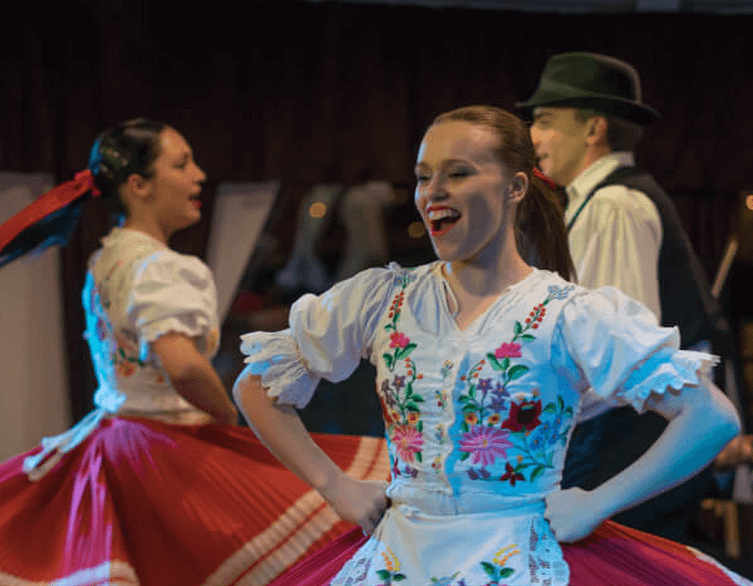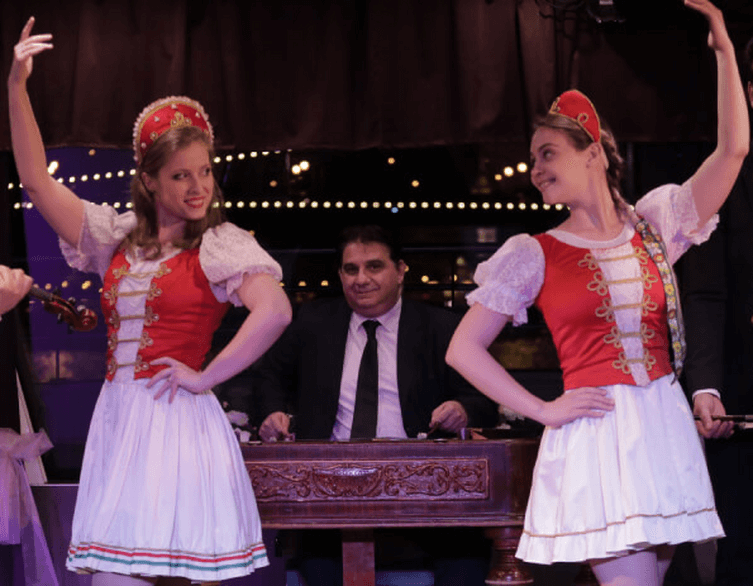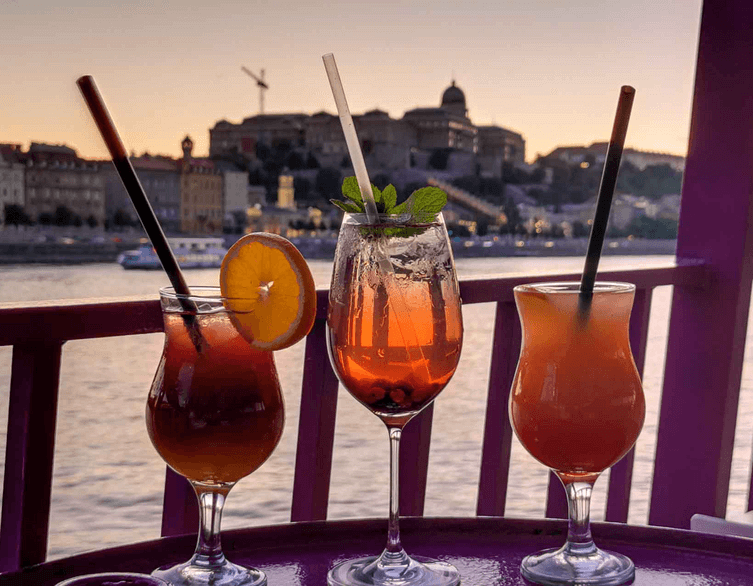Budapest’s Puli Carnival: Celebrating Heritage and Heart in October 2025
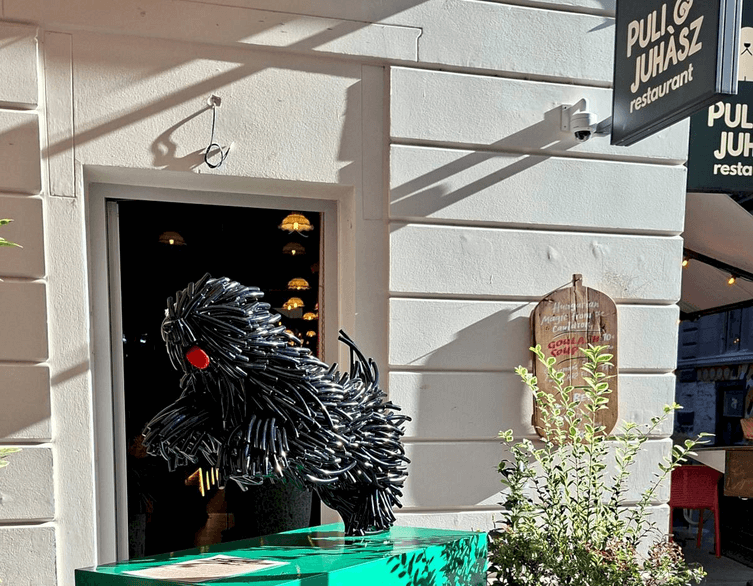
On the second weekend of October 2025, Budapest’s downtown transformed into a vibrant stage for Hungarian tradition, all thanks to the city’s first Puli Carnival. This event placed the spotlight on the puli, Hungary’s iconic, corded-coat sheepdog, and filled the streets with energy, laughter, and cultural pride.
The Carnival’s Colorful Pulse
The celebration, organized in partnership by the beloved Puli & Juhász restaurant and Paprika Revue House, drew crowds eager to be part of a truly Hungarian experience. Against the bustling backdrop of central Budapest, the carnival honored not only the puli but the shepherds and pastoral culture that gave rise to this remarkable breed.
The event’s opening saw experts from the Hungarian Puli Club sharing stories of the breed’s history, unique traits, and its journey to becoming a symbol of national identity. Carnival-goers could interact with friendly pulis at petting corners, their distinctive, corded coats a tactile reminder of centuries-old shepherd traditions.
A Living Heritage
Shepherds from the Bakony region showcased daily pastoral life, their authentic attire and time-honored tools providing a fascinating glimpse into Hungary’s countryside roots. The artistic direction of the Badacsony-Tördemic Folk Dance Ensemble and Paprika Revue House dancers brought folk songs and music to life, calling forth a true sense of rural nostalgia in the heart of the city.
The event also offered surprising insights into the puli’s playful intelligence. Centuries of herding have shaped these dogs into quick learners who adore challenges but, as many discovered during lively demonstrations, they’re known for their selective hearing—particularly when asked repeatedly to perform the same task.
Best deals of Budapest
Commemorating Tradition and Togetherness
A highlight of the morning was the unveiling of “Bodri,” a striking, airborne puli statue crafted by Gábor Miklós Szőke. This sculpture stands as a loving tribute to the breed’s loyalty, wisdom, and endearing nature, binding Budapest’s modern spirit with its timeless pastoral heritage. Bodri awaits visitors on the terrace, ready for memorable photos and warm greetings.
The carnival’s cultural reach extended even further, clarifying old social hierarchy among Hungary’s shepherds—from the esteemed cattlemen (gulyás) and horse herders (csikós), to the sheep-focusing juhász and the pig-watching kanász or kondás. These ranks, brought to life through festive presentations, deepen understanding of Hungary’s rural past for locals and tourists alike.
A Taste of Rural Hungary in Downtown Budapest
Throughout the celebration, Paprika Revue House and Puli & Juhász restaurant hosted guests with welcoming bites and folk hospitality, offering a chance to experience the very essence of village life within the bustling urban core. These venues share a joint vision—preserving the countryside’s warmth and culinary excellence through three distinct concepts: BudaPest Bites (famed for lángos), Puli & Juhász (serving hearty fare), and Paprika Revue House itself—with each adding flavor and heart to Budapest’s cultural tapestry.
Why Carnival Matters for Visitors
For foreign tourists, the Puli Carnival is more than just a photo opportunity with Bodri. It’s a doorway to local customs, regional music and dance, and the charming personalities of Hungary’s shepherding dogs and people. The laughter, costumes, and culinary treats collectively create standout memories and deepen your connection to Budapest beyond the city’s famous sights.
Next time you pass Síp Street, don’t miss your chance to snap a selfie with Bodri, feel the soft coat of a puli, and discover Hungarian tradition in an unforgettable city celebration. This October, let Budapest’s Puli Carnival remind you that heritage isn’t just honored—it’s lived and shared, right down to every wagging tail.

